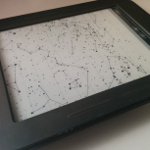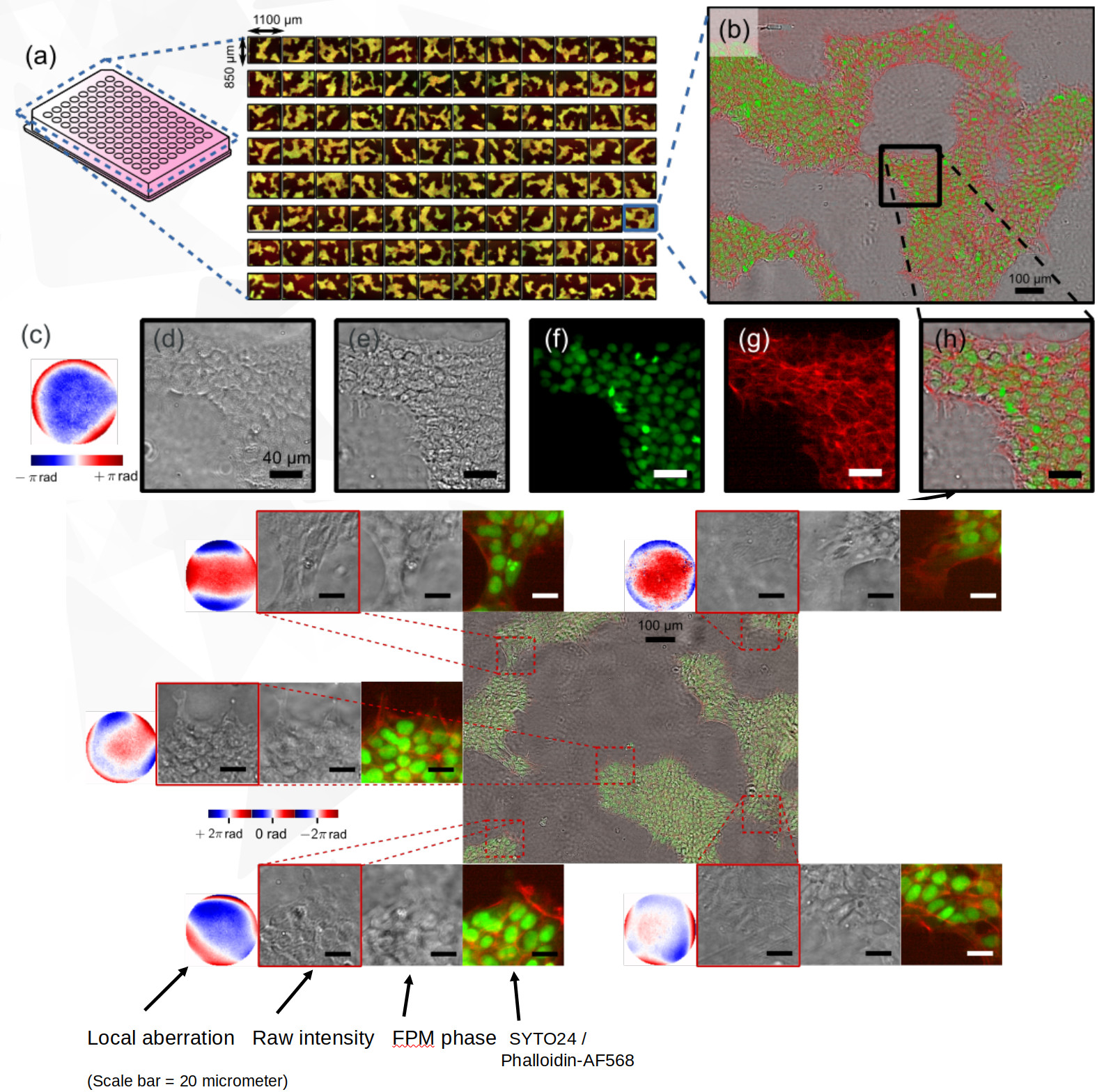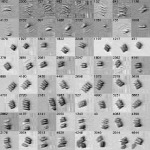Software#
Professional software development#
MBSE-lite: system requirement tracking and design with a simplified schema#

A simple platform to organize product design requirements. Text editor only. Execute a single command to generate technical document for weekly design review meetings. Inspired from Nichole Kass’s online presentation, the tools links the stakeholder’s needs, system design problems and solutions without paying for the unused MBSE features, e.g. code generation, nested diagrams, and Matlab/Zemax parametrics simulations.
Reference: Nichole Kass, James Kolozs (2016). Getting Started with MBSE in Product Development. INCOSE International Symposium. https://doi.org/10.1002/j.2334-5837.2016.00176.x
Why I made my own tool. As a giga-pixel microscopy researcher dealing with increasingly complex systems, I found the need for an end-to-end requirement management system that traces stakeholders’ needs, functional requirements, design constraints, and physical architecture. Additionally, I needed a tool to analyze how design solutions (such as optical, mechanical, and electronic component specifications, software interface specifications, and SOPs) can verify the requirements and be validated with test plans.
The challenge arises from the prevalent document-oriented approach used by research labs, startups, and OEM vendors. Traditionally, we rely on a combination of PowerPoint slides, documents, and freehand drawings for communication. As a project owner serving as a liason among vendors and stakeholders, these methods are labor-intensive due to the use of incompatible document processing tools, namely Confluence, emails, PDFs, and Word documents. I often ended up spending more time copy editing documents from one vendor to another, rather than focusing on the design itself.
I also explored the model-based system engineering (MBSE) approach, but found that all existing commercial tools were overly bloated for medium-sized projects. My projects often involve fewer than 50 project members, including vendors; the commercial MBSE tools often intimidates them.
For example, I do not need the code generation feature since my software vendor will develop their own software and test plans. Furthermore, allocating a function to multiple instances is unnecessary as most functions in the system are used exactly once for giga-pixel imaging projects. Similarly, Zemax and Matlab integration into the parametric design module is not needed as most PhDs develop their own simulation tools for academic publications.
Ultimately, these commercial tools are designed to cater to NASA-scale projects and defense contractors with >1,000 head counts. For medium-sized projects, it is unnecessary to pay for features we don’t use.
ProxImaL: GPU-accelerated ISP code generation with 5th generation language#

ProxImaL is a modeling language for image reconstruction problems. It allows you to express the signal distortion process in the optical imaging system in a natural way that follows the math, and automatically determines an efficient algorithm for solving the problem on baremetal single-board computer, e.g. Nvidia Jetson Nano. ProxImaL makes it easy to experiment with the image features a posteriori, and the noise distribution of the optical hardware a priori, without worrying about the details of how the image restoration problem should be solved or implemented on hardware.
Note
I am the maintainer of the ProxImaL project. Please report the bugs at https://github.com/comp-imaging/ProxImaL/issues
The project is originally created by Felix Heide and Steve Diamond. Please cite: Felix Halide, Steven Diamond, et al. ProxImaL: efficient image optimization using proximal algorithms. ACM Trans. Graphics vol. 35 no. 4, July 2016.
Refer to the encyclopedia for the distinction betweeen a priori and a posteriori knowledge , in the conext of image restoration problems.
Baremetal opto-mechanical hardware drivers#
Refer to the Electornics page for details.
Amateur software projects#
Android Star Catalog on E-ink devices#

I created a “vanilla-flavoured” star map to run on E-ink readers, so I can focus on the what matters during outdoor star gazing; to look up not down. The star positions are replicated from the NASA’s Positions and Proper Motion Star Catalog. There are plans to add more deep sky objects (double stars, nebula, galaxies, etc.) from the WDS and NGC database.
“Computerized” Chinese abacus#

Everybody knew that the abacus is the precursor of modern computer, but not many realize it can be “programmed” to perform complex arithmetic computation. Based on the 500 year old instruction set, I demonstrate its ability to perform basic arithmetic (positive or negative) on fixed point decimals down to 20-digit precision. I have plans to realize long division and square root in the future.
Online Cangjie Chinese input engine#

Chinese language is a logographic writing system, where one composes a sentence by visually “assembling” individual character with shapes, rather then verbally spelling the words with letters as in other languages. Traditionally, Chinese was typed on a computer with Cangjie, a free, open source program called the Cangjie input method. However, in a mandarin dominated world, it is increasing harder to type (or to Google) in Chinese on library workstations, or on my friend’s smartphones. So, I created my own online input program and hosted it here:
Mathematical coding challenge on Project Euler#

Project Euler is a series of challenging mathematical/computer programming problems that will require more than just mathematical insights to solve. Although mathematics will help you arrive at elegant and efficient methods, the use of a computer and programming skills will be required to solve most problems.
Dataset#
Computational quantitative phase microscopy with widefield fluorescence channels#

Complete dataset of the Fourier Ptychographic Microscopy (FPM) raw images, and the widefield fluorescence z-stack images, captured from the 96-camera parallel microscope system (project codename: 96-Eyes).
The dataset also contains the reconstructed quantiative phase images on all 96 wells, as well as the off-axis optical aberration decomposed into Zernike modes.
Publication: A.C.S. Chan, J Kim, A Pan, H Xu, D Nojima, C Hale, S Wang, C Yang, “Parallel Fourier ptychographic microscopy for high-throughput screening with 96 cameras (96 Eyes)” Scientific Reports 9, 11114 (2019).
iPSC culture on the 96-well plate, stained with SYTO24 and PhalloidinAF568 (download)
Pixel super-resolution of optofluidic time-stretch microscopy#

Complete dataset of the imaging flow cytometry of multiple unlabelled living cell lines, acquired by ultrafast optical time-stretch microscopy technique.
Article: A.C.S. Chan, H.C. Ng, S.C.V. Bogaraju, H.K.H. So, E.Y. Lam, and K.K. Tsia, “All-passive pixel super-resolution of time-stretch imaging,” Scientific Reports 7, 44608 (2017).
Human acute monocytic leukemia (THP-1) (download)
Scendesmus cell colonies Demo 1 Demo 2 (download)
Water microemulsion in silicone oil (download)